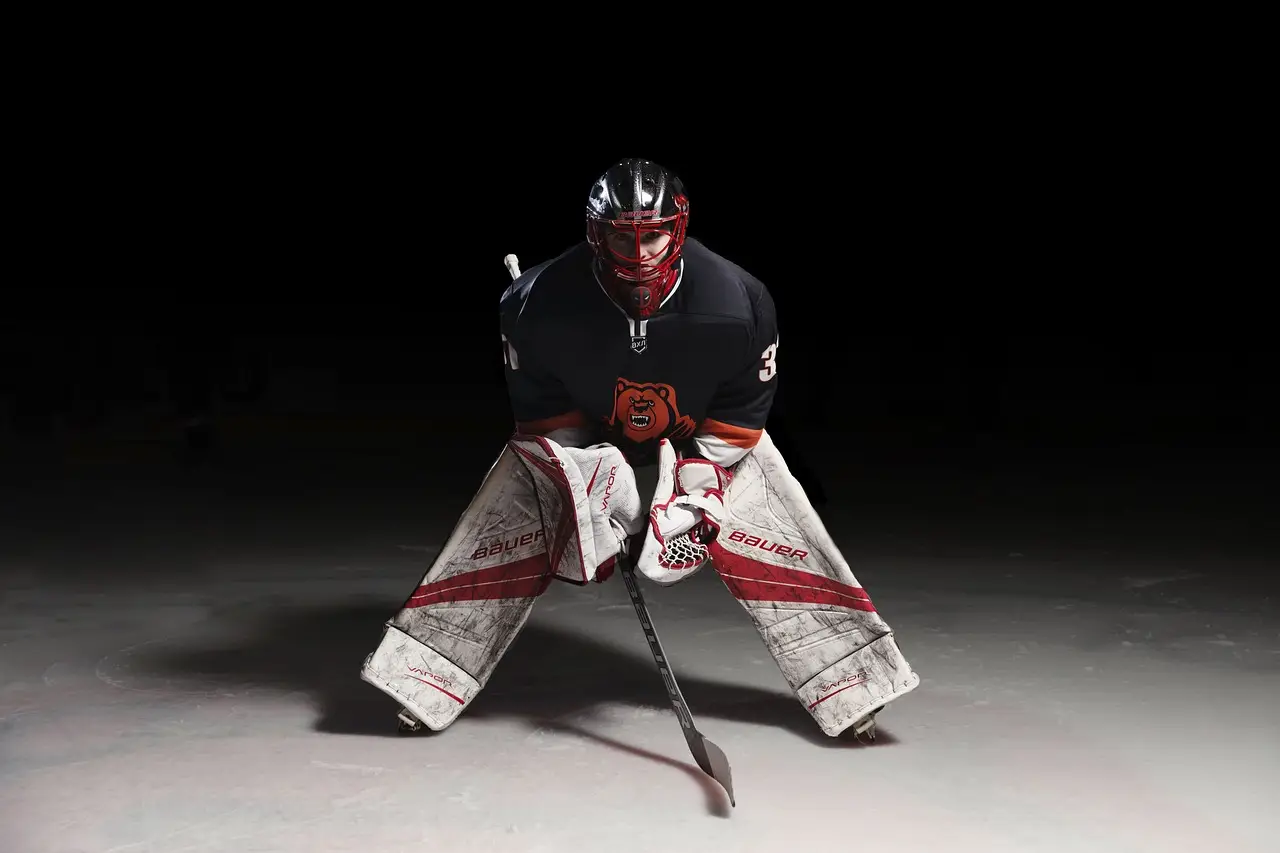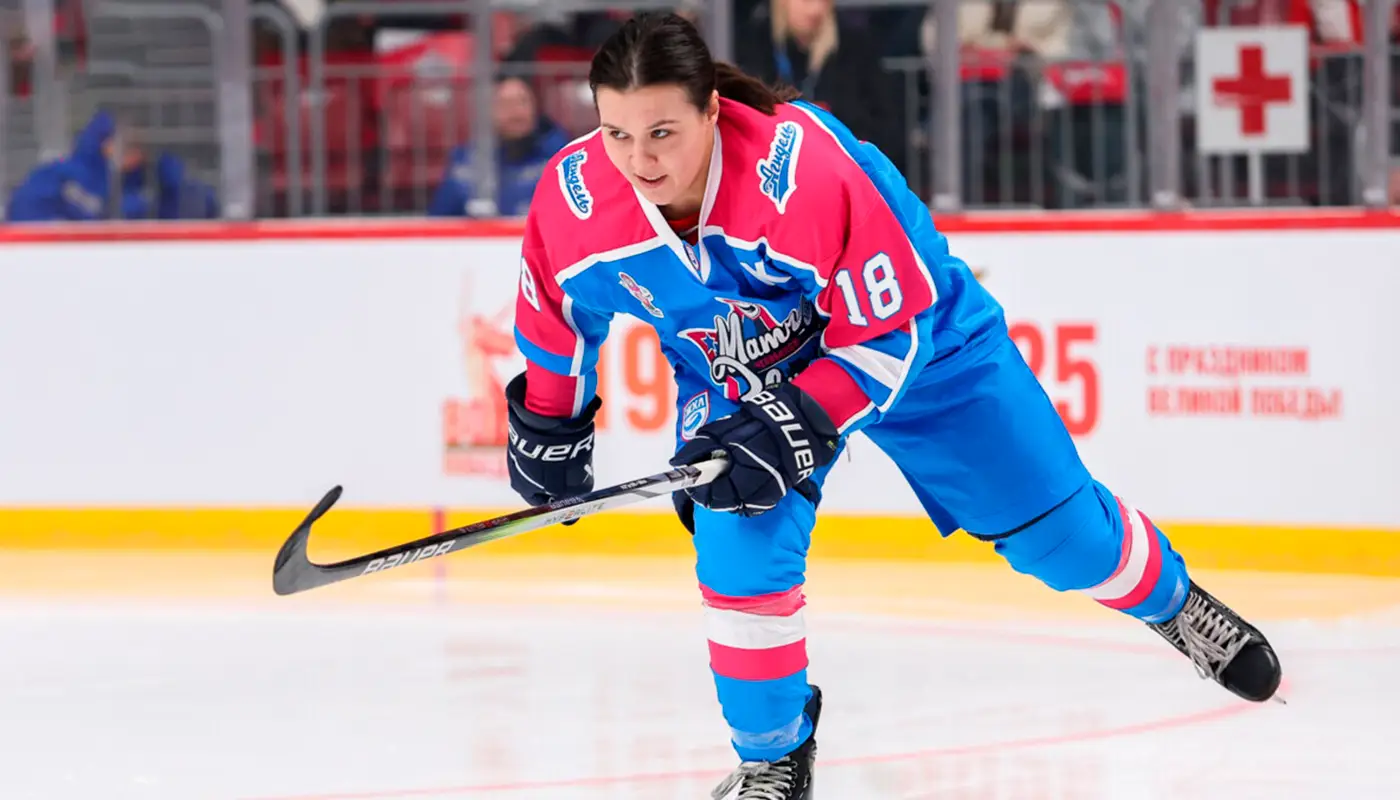Some myths about hockey stick to the minds of viewers tighter than a stick to a puck in the final seconds of a match. These beliefs continue to live on, although the ice has long melted their meaning. It’s time to break down these outdated patterns and show what the truth about the sport looks like without rose-colored glasses.
Myths about Hockey: Cruelty is Exaggerated
In reality, the brutality in the game is limited by strict rules. The International Ice Hockey Federation has introduced strict sanctions for roughness, reducing the number of power moves leading to serious injuries. Hockey players use skates to control speed, not to engage in survival races. A goalie defends the net, not builds a wall of pain. A defenseman chooses calculation over aggression. A forward seeks a moment for a shot, not for a scuffle. A coach builds a strategy on team spirit, not on ruthlessness.

Equipment Doesn’t Make the Player
Misconceptions often attribute magical power to expensive gear. Even the most technological stick does not replace years of training. A puck won’t obey without control. Skates won’t provide maneuverability without a sense of the ice. A goalie defends the net with reaction, not with a helmet. A defenseman wins the battle for the puck not with equipment but through timely reading of the game. A forward achieves success through refined shooting technique and passing skill, not by the brand of the stick.
Equipment in hockey plays only a supportive role:
- Skates provide grip on the ice, but their control is managed by body positioning.
- A stick performs passes and shots, but the result depends on the accuracy and strength of movements.
- A puck follows the direction and speed set by the player.
- A goalie relies on reaction, not on the thickness of defense.
- A defenseman wins the physical battle through calculation and positioning.
- A forward uses shooting, passing, and speed to achieve the goal.
- The net becomes vulnerable to those who master the art of combinations.
A coach sets goals, and the team implements the strategy through an understanding of the game, not through the cost of equipment.
The Game Doesn’t Require Intelligence
Old myths about hockey attribute solely a physical component to the sport. In practice, it’s chess on ice, where every point requires instant decisions. Players instantly read the opponent’s scheme, adjust, choose an angle for a shot, calculate the trajectory of a pass. Team spirit is formed through conscious actions on the ice, where every pass, shot, and movement brings closer to a goal. Training develops not only the body but also the ability to think quickly, assess the situation, anticipate the opponent’s actions.
Sport for Everyone, Not Just the Elite
Myths about hockey claim that the sport is only accessible to those who can invest huge sums in equipment and training. In reality, hockey schools open access for children from different social groups. Junior tournaments show that talents are born in ordinary yards. Nets set up on frozen ponds serve as the first step for many champions. A defenseman, goalie, forward—each can grow from a boy with a homemade stick. A team is formed not by the thickness of the wallet but by the desire to win. The goals of hockey players often originate on simple backyard rinks.
Matches Are Always Fights
Some misconceptions claim that a match is a show with a mandatory fight. Statistics from the Continental Hockey League show that the number of power collisions has decreased by 20% compared to previous years. Players aim for results, not for a struggle for spectacle. Rules strictly regulate behavior on the ice. Violations lead to removal, meaning the team loses an advantage. A goalie, defenseman, forward—all focus on achieving results. The team acts cohesively to score a goal in the opponent’s net, not for artificially created conflicts.
Myths about Hockey: Injuries Are Inevitable
Stereotypes often claim that injuries become an integral part of a career. The facts speak otherwise. Modern training methods, increased attention to physical preparation for hockey, and quality equipment significantly reduce the risk of injuries. In recent seasons, the National Hockey League has seen a 15% decrease in serious injuries. Rules strictly limit dangerous moves, and referees instantly react to violations. A goalie uses modern protection that minimizes the risk of injuries even after powerful shots. Defensemen and forwards regularly undergo specialized training for stability and coordination to avoid falls and collisions.
A tournament is not a battlefield but a competition where each match requires high endurance, speed, and attentiveness, but does not guarantee injuries. Players achieve a high level of safety through discipline, movement control, and strict adherence to rules.
Hockey Doesn’t Require Strategies
This view does not withstand elementary analysis. Every team takes the ice with a clear structure: the 1-2-2 scheme, a high-pressing strategy, or positioning with control of the neutral zone. A goalie reads the situation and adjusts the defense. A defenseman covers the zone, a forward puts pressure on the opponent. Every pass, every shot aims to expose weaknesses in the defense. A coach develops complex game schemes, works out zone exits, plays power plays, considers the opponent’s specifics in each match.
This stereotype disappears when looking at modern training plans. Here, every movement is built within a well-thought-out tactic. The tournament is won not by those who act randomly but by those who use a multi-level strategy.
Myths about Hockey: Team Spirit Matters
An erroneous belief assumes that individual talents win alone. Facts refute this view. The most successful teams build their game on team spirit, which becomes the cornerstone of victory. Cohesiveness, mutual assistance, understanding of roles on the ice—these qualities determine the outcome of the match. A goalie cannot hold the net alone, a defenseman cannot cover all zones without support, a forward cannot break through without a skillful pass. The team earns a point only when each player understands their place in the overall structure. The goals of hockey players are achieved solely through collective efforts.
Youth Can Achieve Success
Reality refutes this stereotype. Modern coaches actively involve young athletes in lineups. The tournament of youth teams annually reveals dozens of new stars. Successful examples include 18-year-old forwards scoring winning goals at world championships, goalies debuting in professional matches and showing outstanding reactions. Youth demonstrates mature play, going through intensive training and quickly adapting to adult leagues. Common misconceptions that age is a key barrier have become irrelevant.

Training Process Is Monotonous
In reality, hockey training is a diverse, intense, and multi-component process. The program includes practicing shots from different angles, training quick passes, developing reactions in non-standard situations. Special exercises on skates with elements of coordination, maneuverability, and instant direction changes are used. A goalie trains daily for work in the close zone and shot blocking in the “slot.” A forward hones the deflection shot, a defenseman sharpens the skill of blocking the puck and quickly transitioning to attack. The tournament requires full functional readiness, so training is structured as a comprehensive system that develops all game skills.
Conclusion
Myths about hockey continue to live in the minds of those who have never stepped onto the ice or held a stick. It’s time to debunk the stereotypes that distort the essence of this complex, intellectual, and team sport. This sport requires high physical fitness, clear strategy, iron discipline, and a delicate psychological balance. The truth reveals the true essence of the game: dynamics, intellect, strategy, and respect for the ice.
 en
en  ru
ru  de
de  ar
ar  es
es  hi
hi  fr
fr  nl
nl  it
it  pt
pt  el
el 



